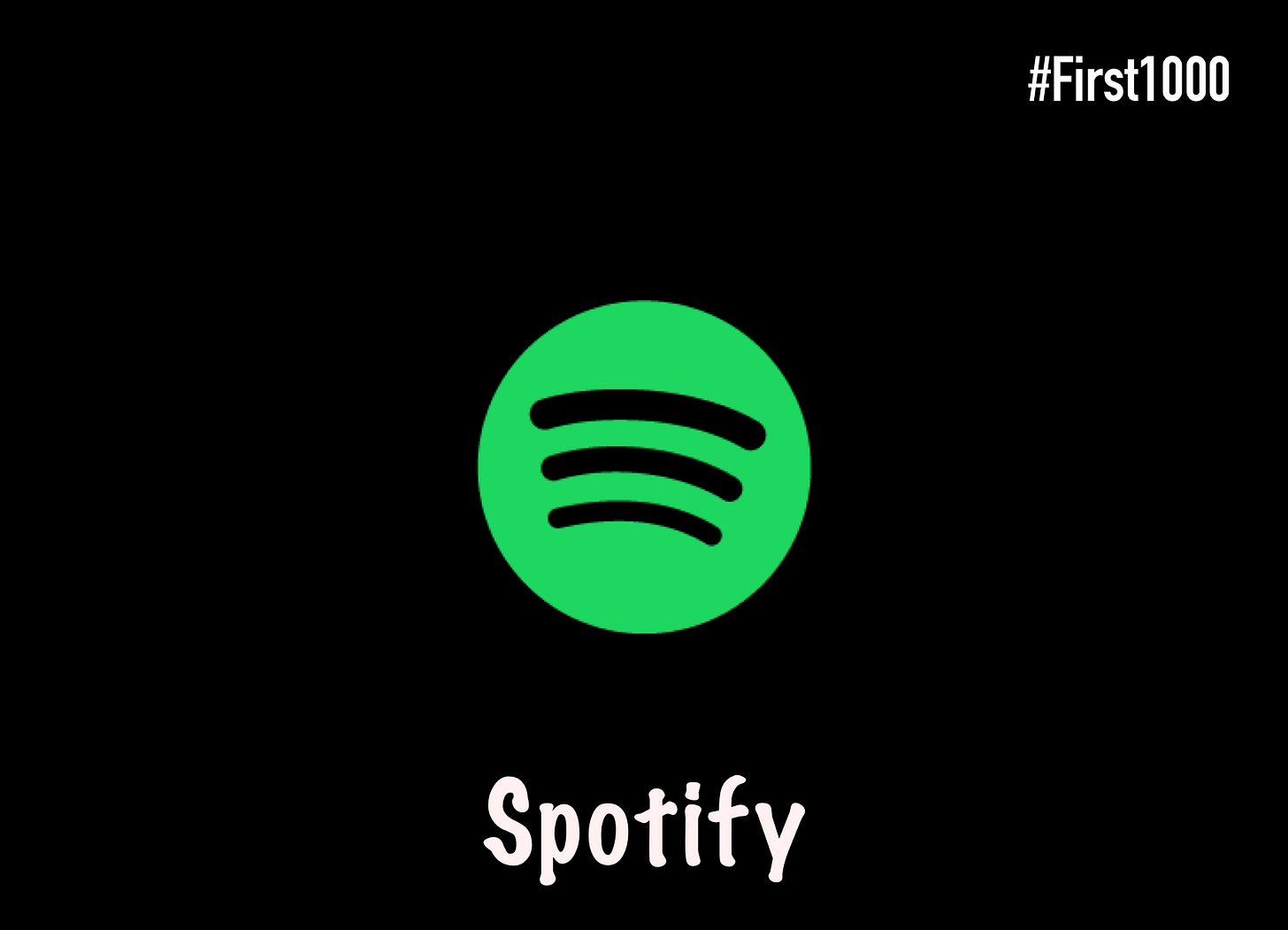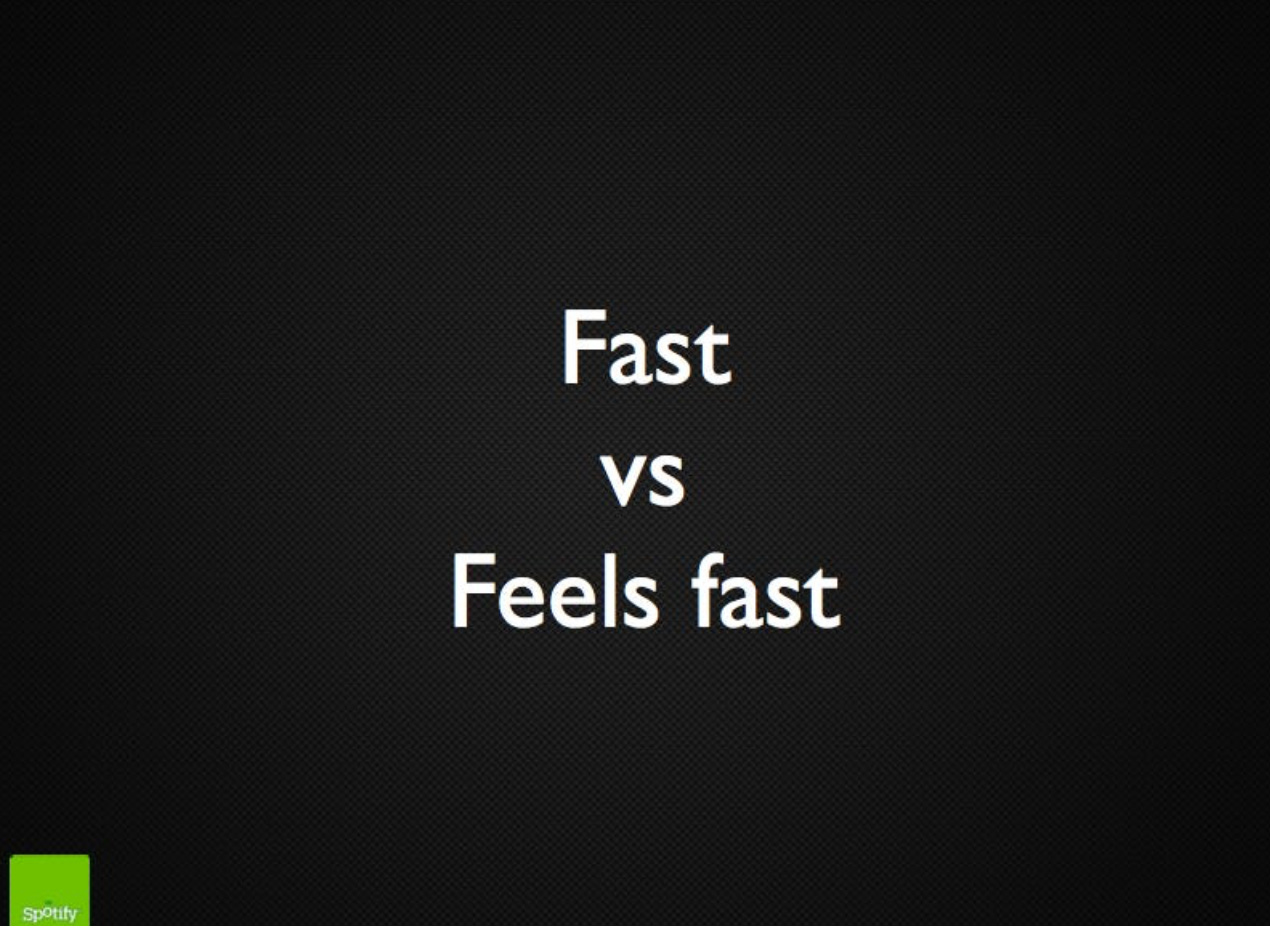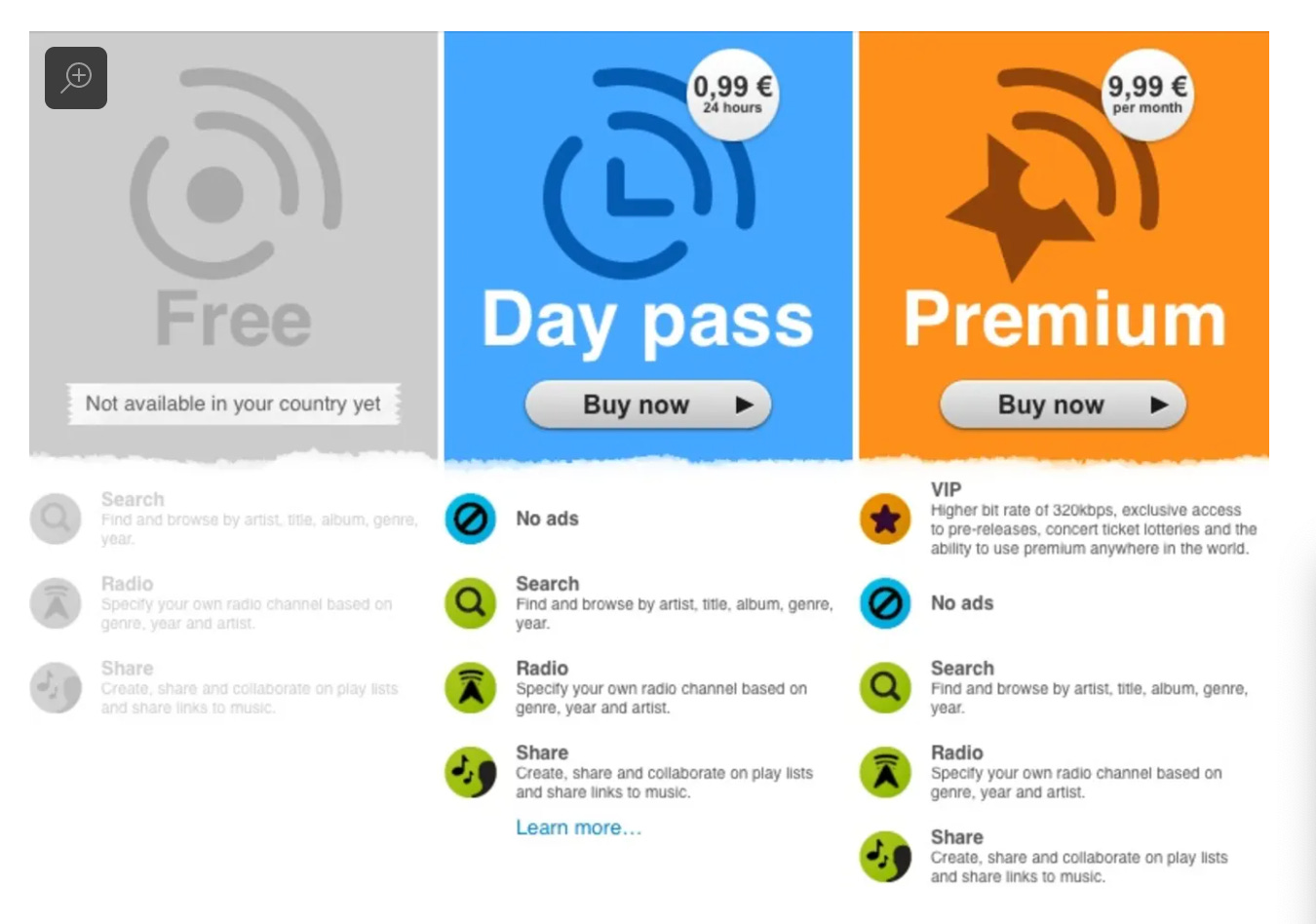🎧 Spotify
"Hacking" Speed, Label Negotiations, GTM strategy and more
Hello 👋,
Happy Tuesday. Last week has been a crazy one for this newsletter as we launched our referral program last week, thanks for all the people that shared First1000 <3 and to those new here, welcome to the family, this is your co-pilot Ali Abouelatta.
This week, our case study is on Spotify and how they got from 0 to 1 million customers in 3 years (2 years and 11 months 🙈 to be exact).
Tl;dr
🤓 Cheating to create the “illusion” of a better than free product
🤮 Negotiating with your mortal enemy
🚀 Accelerating TTPM (time to product market fit)
🤑 The Launch Formula
🤓 Cheating to create the “illusion” of a better than free product
Before streaming services came along you might have been guilty of using controversial file sharing sites like Napster, LimeWire and The Pirate Bay to download your music. Not only did Daniel had to convince the music record labels who have been burnt by the tech industry to give up all their most valuable assets for free at first (more on that later), but he also had to convince people to pay for something they already get for free. So how do you build something better than free? The answer for Daniel was speed.
The human brain conceives anything that happens in less than 200ms as “instant”, and Daniel wanted nothing short of that. But to set the scene, this was back in 2008, the first iPhone had just been introduced a few years back, internet broadband was probably a tenth of it was today and despite the thousands of engineering hours and 2 years of work that went into achieving that goal, the best the engineering team at Spotify could do was 500ms. So the team spent a ludicrous amount of time creating the illusion of that “instant” magical feel. One of the things they did was making the throttle (the bar showing progress on the song) start immediately upon play rather than show a loading icon. The other thing they did was downloading only the first 15 seconds from the internet and complementing the rest of the song using p2p sharing between Spotify users near you who have already loaded the song you are about to listen to.
For customers, speed was Spotify’s competitive advantage. It is what made it X10 better than all the pirating websites that would sometimes take hours to just download a single album. Daniel describes speed of the product as “magical” it is what got Mark Zuckerburg, Sean Parker and almost every tech blogger at the time to sing the praises of Spotify almost as soon as it launched
🤮 Negotiating with your mortal enemy
"I got on a plane to New York, sat down with all the major labels and some of the bigger indies, and everyone was super supportive. 'Yeah, this seems really interesting, really great, if you can come back in a few weeks we'll try to figure something out.' So I remember walking out, calling my co-founder Martin and saying, 'Well, you know, this seems totally reasonable, we'll do it in about six months.' And about two and a half years later we launched,"
Daniel Ek, Cofounder and CEO of Spotify
Most startups have the luxury to go around incumbent players and “disrupt” their industries. After all, Uber didn’t have to work with Taxis, Airbnb didn’t have to work with Hotels, Robinhood didn’t have to work brokers..etc. Spotify, on the other hand, absolutely had to, if it didn’t want to suffer the same demise as Napster and Pirate Bay. To get the music record labels onboard after an almost 2 and half year negotiation Daniel did the following:
Instead of negotiating a Global deal, he went after markets that have been crumbled by piracy. 80% of licensing revenue has been lost Sweden due to governments heavy investment in fair access to high bandwidth (meaning Swedish residents were able to download pirated music in minutes rather than hours as was the case in most parts of the world).
He guaranteed music record label a one year revenue upfront, no matter what happened to Spotify
After he proved his model in EU, he allowed all major record labels to take a combined stake of almost 20% in Spotify (part of their Series A-B round) in part of a global copyright deal. Aligning incentives with your frenemies can be a beautiful thing.
🚀 Accelerating TTPM (time to product market fit)
“Spotify and The Pirate Bay don’t just share a country;” Mario Sundar agrees, “they share an operating system.” In many ways, Spotify is an embodiment of Andrew Chen’s 80/20 Rule—that is, products that copy the fundamentals (80%) of a successful product and reinvent the remaining 20% can significantly shorten the time it takes to find product/market fit. However, Chen asserts that the 20% can’t be secondary, tertiary product features, but should be “baked deeply into the core of the product … Something the end user can see and feel within the first 30 seconds.” .Despite the fact that Spotify may share around 80% of its characteristics—after all, value proposition and operating system are by no means minor characteristics—with Napster and Pirate Bay, unlike those two, Spotify is legal, and that distinction might be more significant than it seems (if that’s possible).
Humans, in a gross generalization, are not creative creatures. Instead what we are really good at is remixing ideas. The smartest people in the world are, generally speaking, the best at absorbing and seeking knowledge, and translating those acute insights and learnings in a different domain or settings. In Andrew’s essay he discusses how you only need to innovate on the “top 20%” while your foundation, or your 80% stems from best practices and learnings from those who have made it before you did. In Spotify’s case their 20% was in embedding sharing as a core not a parcel feature of the product.
Every playlist, every song was a de-facto URL from day one. To demonstrate what that was like, here is what lifehacker had to say about Spotify in one of the very first product reviews about the company, published just a few months after their public launch.
Sharing any of your playlists is as easy as sharing a link: iTunes and other desktop players do a fair job of playlist creation, but if you want to share a playlist with a friend, your best bet is still to burn the mix to a CD. Yeah... old school, right? We've featured plenty of web-based music players designed to make sharing playlists a breeze, including MixTape.me (particularly notable to me because I created it).
With Spotify, sharing a playlist you've created is as simple as right-clicking any playlist in the sidebar and selecting Copy HTTP link or Copy Spotify URI. Send either link to a friend via email and clicking on it should send them straight to that playlist in Spotify. It's dead simple. A web site has already sprung up dedicated to sharing Spotify playlists. On top of that, Spotify already has tools built in for quickly sharing a playlist via Facebook or Delicious. Pretty cool stuff.
Collaborating on playlists is a breeze: But let's say you're not impressed with the simple playlist sharing. Spotify also lets you turn any playlist into a collaborative playlist by, again, simply right-clicking the playlist and then clicking Collaborative Playlist.
🤑 The Launch Formula
Each market Spotify launched in, they did three things and did them extremely well.
For their hardcore fans: they would debut the premium service a few weeks/months prior to introducing their free version. This way anyone who really wants access to the service before its available to everyone could pay (and they did). Thus capturing as much revenue as possible
For the general public: they introduced a free version, but it was invite-only. Each new member was given five invitations that they could use to invite their friends, no less no more; making having a Spotify invite a valuable currency and a status symbol within the tech community
To seed each new market, they gave the first batch of invites to bloggers and notable techies. In the US for instance, Spotify also partnered with Klout, a service that measures online influence, to give out 15,000 to 20,000 invites. This way, as soon as Spotify launched in any new market, and as soon as any blogger wrote about them, they would get bombarded with people asking for invites (and engaging with their content). So they wrote more about the company, and the more they write the more people engage….you know how the flywheel goes.
Pre-releases: for instance in the US just a few months after its launch there, Spotify allowed Premium users to listen to John Legend’s new album Evolver, including two additional bonus tracks, a week before it is released to the public.
To put it all together,
Spotify got their first 1 million customers by spending 2 years and 6 months negotiating with record labels and creating an extremely fast product by using some design hacks and building a P2P infrastructure. They went all in on-risk assumed excruciating losses in their first year by basically paying 100% of the revenue the Record Labels get from licensing music to the entirety of the Sweden. All whilst embedding social+music and creating some sort of network-effects to tech bloggers each time they write about the company.
That’s it for today, see you next Tuesday 😉,P.S
If you want access to the Spotify (+ Tinder, Snapchat, Intercom, Coinbase, Uber and Youtube) Pitch Decks from very early on , all you have to do is share your favorite First1000 issue on linkedin/Slack and reply to this email with a screenshot.






